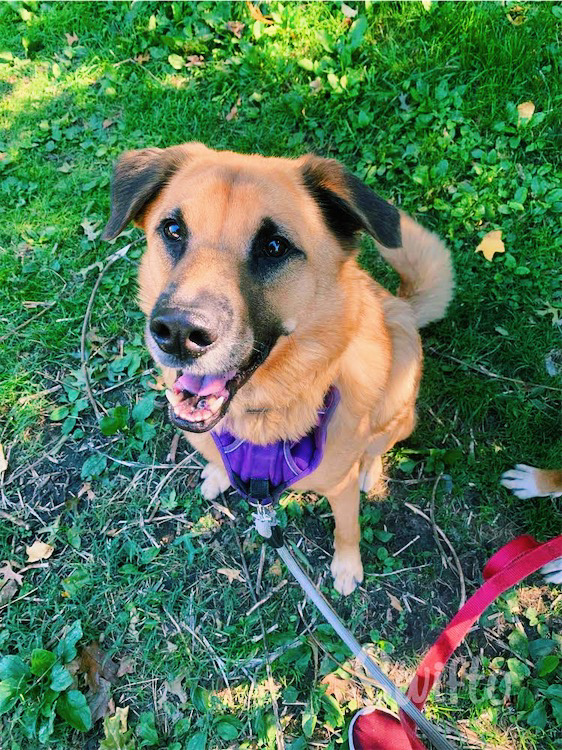It’s important to have some sort of control of your dog on walks. In order to get the best walk possible, you should seek the best equipment. There are so many harnesses and leashes to pick from, varying in style, function, and size. So, with all of these possibilities, how do we know we’re picking the right one?
Dog harnesses provide better control over your dog, something owners need during walks in public places. Harnesses prevent your dog from jumping and pulling, as these devices teach him that these actions give him no advantage. They are especially great for pups that are easily distracted. This is important for walks in large crowds, cramped spaces, or in any place that puts your dog at risk of getting lost. Harnesses are also ideal for puppies, who might find themselves getting tangled when pulling on a standard leash. Unlike leashes, harnesses rarely come undone or slip off accidentally. They also provide the dog with the least amount of discomfort while providing a greater amount of assistance.
The most common type of dog harness is the kind that hugs the chest. These harnesses are ideal for larger dogs, as they maximize the owner’s control over their dog’s stronger pull and also provide directional steering. This allows your dog to easily be turned around when necessary. Another popular harness option is a tightening harness. Some variations of this harness close around the nose but the majority put small amounts of pressure on the back of the neck when your pup pulls. This type is similar to the first type, but it can also act as a muzzle to prevent inordinate barking. Back-Clip harness ranks high in the adjustability and comfort categories. They are useful for small dogs with sensitive throats and necks that can easily be damaged. These harnesses are easy to put on and minimizes leash-tangling… which is a major nuisance. Also, back-clip harness are simply adorable. They come in a variety of colors, sizes, and styles! Your pup will look like a fashionista in the decorative patterns and (embellishments).
Harnesses, though pose no reason to be avoided, may not be ideal for every dog. Some may not like the feeling of one and prefer an alternative type of collar. If you plan to use a harness with your dog, start early! The sooner he starts getting adjusted to a harness, the better. Make sure you get the best-fitting size for you dog, as well as all other pieces of his walking gear.
Collars or leashes are beneficial for dogs that minimally pull or try to run on walks. They come in a variety of materials and styles. The most important thing, though, on your collar is the buckle, which should be made of metal to ensure the fastener remains locked. There are different types of collars, like check chains, pinch collars, and prong collars. Collars come in an assortment of materials, with nylon, for example, being one of the most popular. A nylon is the easiest collar material to maintain and clean, given your pup loves to play outside and get dirty. When it’s time to purchase a collar, bring your dog with you! Pups should be properly measured in order to determine his collar size. Take into account your dogs age and how large he will grow to be. Puppies should have a light and narrow collar. Dogs that grow rapidly, like Great Danes, should have an adjustable collar that can be constantly modified accordingly.
Whether you and your dog decide on a harness or collar, it’s important to understand the risks and benefits. Regardless of style, ensuring that the walking equipment is safe, comfortable, and efficient takes precedence. A device that is too loose or too tight poses safety hazards so its crucial be conscious and aware. Think about fido’s specific needs when purchasing walking equipment, as the best collar depends on your dog, its behavior, and your personal preferences/ budget. Looking to book a dog walk?


